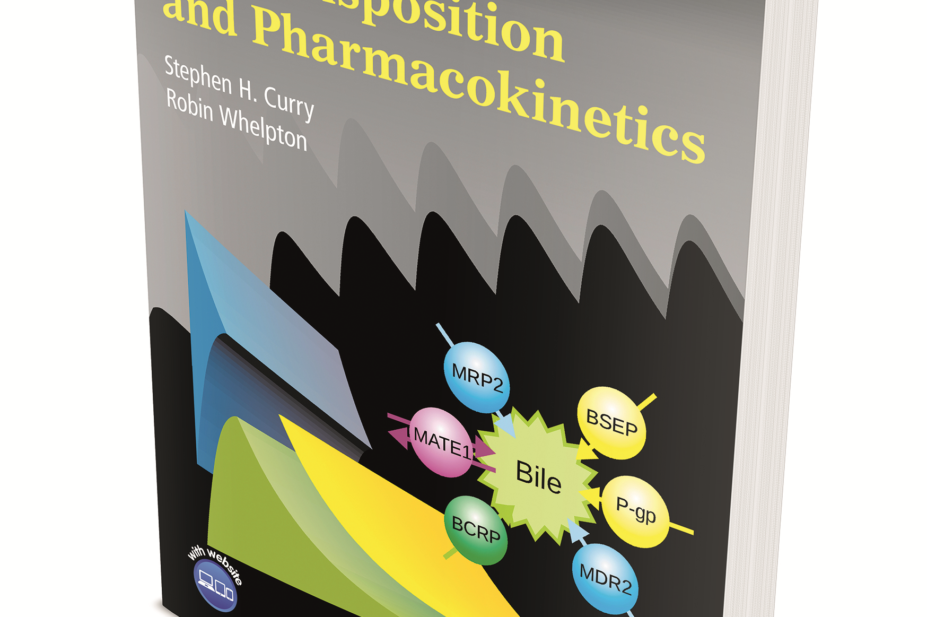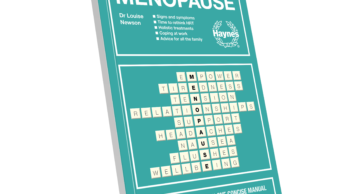
Knowledge of drug disposition and skills in pharmacokinetics is important in the development of new drugs. This book opens with defining drug disposition as a collective term for drug absorption, distribution, metabolism and excretion, while pharmacokinetics is defined as the study of the rates of these processes.
Early chapters describe the basic principles of the subject and the later ones go on to illustrate how these principles are applied in the modern approaches to drug development and clinical drug use. The book has been arranged to take the reader on a journey from a brief introduction to largely qualitative descriptions of drug disposition. It then moves on to kinetic modelling to explain and predict drug effects and to help with developing the analytic skills needed to evaluate and describe pharmacokinetics mathematically.
The journey continues with the special factors that are encountered in patient populations and finishes with a discussion of how aspects of drug interactions and toxicity can be explained and predicted from pharmacokinetic principles. A chapter on pharmacogenetics and pharmacogenomics describes the approaches to phenotyping and looks at the role of personalised medicine in prescribing appropriate doses of drugs. The authors use as examples the effects of mutant cytochrome P450, which can speed up or slow down how quickly a drug is metabolised, meaning that a higher or lower dosage of a drug will be needed, and the effect of a patient’s acetylator status on the toxicity of isoniazid, a drug used to treat tuberculosis, since slow acetylators are more likely to experience toxic reactions.
Full-colour illustrations make the reader’s learning experience smoother and those using the book to teach students will find supporting material on the companion website.
It is unfortunate that the authors have chosen as examples drugs that are no longer on the market, such as phenacetin and phenylbutazone, rather than selecting drugs in current use.
But this book has tried to be all things to all people. It sets out to provide basic information to students in medicine, pharmacy, pharmacology, biomedical sciences and veterinary science and more complex information to those who wish to study the topics in more detail. This means that some students will find the first few chapters helpful in their early years and the later chapters of value only if they gain more clinical experience. The authors also claim that this book will be of benefit to those involved in drug discovery and development, pharmaceutical and medicinal chemists, as well as toxicologists and forensic scientists requiring knowledge to interpret their findings.
It is a useful, well-structured book but some readers may find only part of it of value.
Laurence A Goldberg
References
Introduction to drug disposition and pharmacokinetics, by Stephen H Curry and Robin Whelpton. Pp xi + 323. Price £49.95. Chichester: John Wiley and Sons Ltd; 2017. ISBN 978 1 119 26104 9


